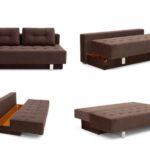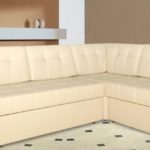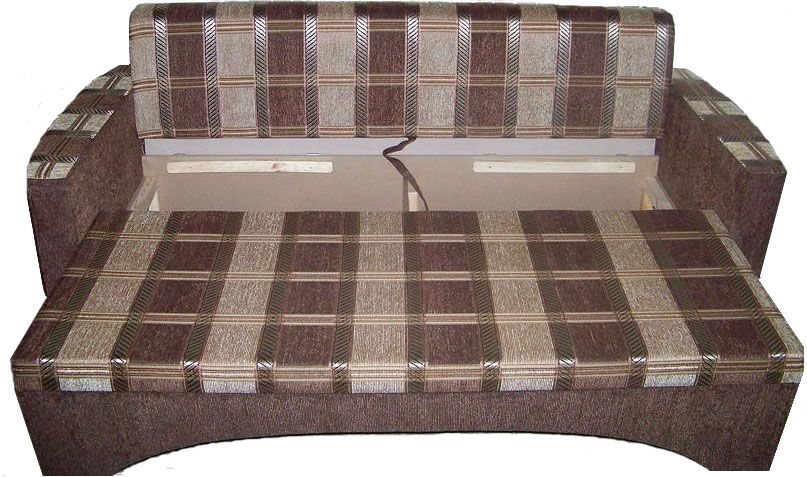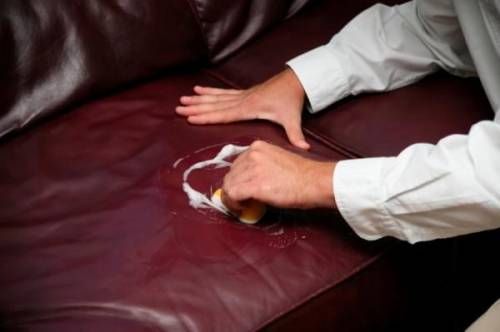How to assemble a corner sofa
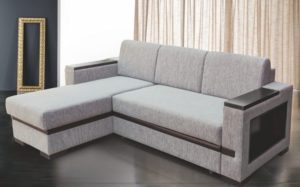 It is impossible to imagine a modern house or apartment without a sofa. It has become an indispensable piece of furniture, as well as a place where the family gathers for evening communication and watching television. The most popular have become corner sofas, which fit well into the interior of the room. Buying a sofa becomes problematic for some due to the significant cost. Its size or design is not always suitable for a particular room.
It is impossible to imagine a modern house or apartment without a sofa. It has become an indispensable piece of furniture, as well as a place where the family gathers for evening communication and watching television. The most popular have become corner sofas, which fit well into the interior of the room. Buying a sofa becomes problematic for some due to the significant cost. Its size or design is not always suitable for a particular room.
The content of the article
Advantages of assembling a corner sofa
If you have experience working with wood and carpentry tools, you can try to assemble a sofa with your own hands, which would allow you to:
- significantly save the family budget;
- make furniture according to your own sketch, with the required dimensions and for a specific room;
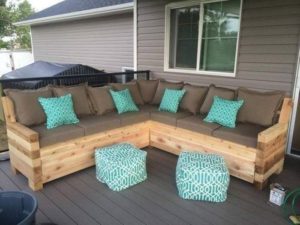
- choose the material yourself and take responsibility for the quality of the work;
- significantly save room space due to its location in the corner;
- gain additional experience in furniture manufacturing and upholstery;
- experience pride in your “work” in front of your family and friends.
IMPORTANT! If you have no experience in making furniture, it is better to choose a simple corner sofa shape.
Preparatory stage
Any work begins with the preparation of materials, tools and drawings. For this you need the following materials:
- timber 30*50, preferably made of pine;
- plywood of different thicknesses;
- Fiberboard and chipboard;
- screws (self-tapping screws);
- padding polyester;
- foam rubber with a thickness of 20 and 40 mm;
- batting;
- wood glue (PVA glue);
- upholstery fabric;
- sofa legs;
- mechanism for transforming a sofa.
Without tools, it is impossible to complete the work of assembling a sofa. Needed:
- hacksaw;
- electric drill;
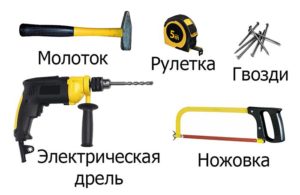
- screwdriver;
- furniture stapler;
- sewing machine (for making covers);
- scissors (stationery knife);
- roulette;
- miter box;
- sandpaper (file).
It is impossible to make a sofa without a detailed and accurate drawing (assembly diagrams), indicating all the required dimensions, taking into account the features of the transformation mechanisms and location. The drawing will protect you from many troubles in its manufacture:
- will allow you to determine the volume and quantity of materials purchased - you can calculate their approximate cost in advance;
- will help you see all the details of the design: drawers, shelves, compartments.
Many drawings with assembly steps can be found on the Internet or in specialized literature, but they do not take into account the dimensions of your planned installation location, so it is better to draw it yourself if you are familiar with drawing skills.
It is necessary to decide on the mechanism for transforming the corner sofa. There are two types of its decomposition:
- "Dolphin". From below, from under the seat, the lower block extends, then it pulls towards itself and upward - this is how it turns into a sleeping place. This design is simple.
- "Eurobook". You need to pull the seat towards you - then you will free up space, which is used as a drawer for linen. The back rests on this place. The mechanism is simple and lasts much longer than other mechanisms.
REFERENCE! Experienced craftsmen do not recommend purchasing expensive materials for the first, independent production of a sofa.
Assembling a corner sofa
The entire scope of manufacturing and assembly work can be divided into several stages:
- production of frames;
- production of side armrests;
- foam covering;
- covering with upholstery material;
- assembly of the frame and armrests into a single whole.
Making the frame and side parts
The frame of the main part of the sofa (box) and the side parts (armrests) are made strictly according to the drawing, using timber, chipboard, fiberboard and plywood:
- The materials are used to make blanks of the required sizes.
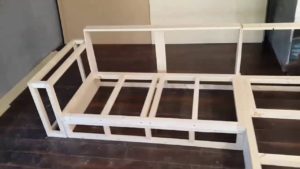
- Using self-tapping screws (screws), they are connected into the desired frame (boxes, armrests).
- Check the diagonals of the frames. It is important that they are the same.
- The box of the main part of the sofa, intended for seating, is often used as a linen box. It can be either stationary or retractable and its bottom is made of fiberboard.
- The upper side of the seating part should be more durable and made of plywood.
- Sharp edges and corners are cut off with a file or sandpaper before covering with foam rubber.
- The frames of the box and armrests are connected into the structure of the sofa - if their design is the same. If the “Eurobook” mechanism is chosen, it is manufactured in separate sections (blocks) and connected into a complete structure using various brackets, after covering.
A beautiful, soft and comfortable sofa must have armrests on both sides. Armrests are often its decoration. Standard dimensions of armrests: length 90 cm, width 20 cm, height 55 cm.
ATTENTION! When working, you need to screw the screws from the chipboard or fiberboard side into the beam, and not vice versa, and the step of attaching the plywood to the beam must be at least 20 cm.
Foam covering and upholstery
The final and perhaps the most interesting stage in assembling a sofa. The furniture is taking shape and you can already see what came out of the plan:
- The foam rubber for covering needs to be solid. Parts of the desired shape are cut out from it and glued. For places where there are supposed to be places for sitting and lying, it is recommended to use foam rubber 10 cm thick; use thinner ones for armrests.
- For upholstery, it is better to make patterns on newspaper, checking the dimensions on the drawing, with a seam allowance of 3–5 cm.
- If you use thick fabric for upholstery, which practically does not allow air to pass through, it is recommended to make holes with a diameter of 2 cm in the plywood of the seating areas, in increments of 30 cm.
- Each structural detail must be covered separately, using glue and a furniture stapler.
IMPORTANT! Any fabric stretches; this property must be taken into account when covering sleeping and seating areas. During the manufacturing process, you need to tighten it with force so that after prolonged use it does not wrinkle.
The sofa is ready after painstaking and hard work. It meets your expectations and can be a source of pride.

